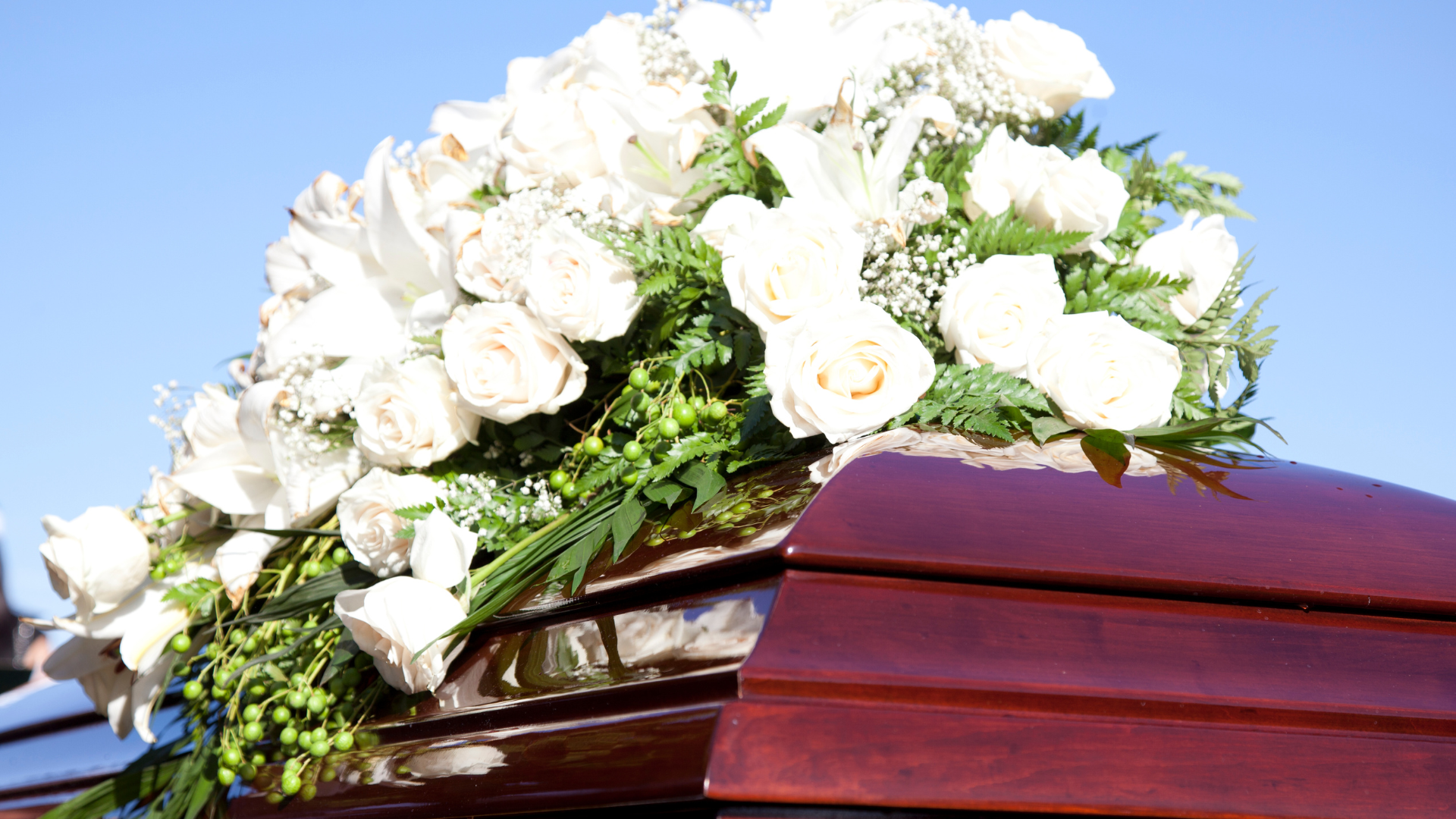As we all know, death is a part of life. No one can avoid it, no matter how hard they might try. And while death may come as a surprise to some, it is something that everyone must eventually face.
Are you planning your funeral? Or just want to prepare for what to expect? Read on for information on the different types of funerals and how to prepare for each one!
Traditional Service
A traditional service is a type of funeral that holds a wide variety of ceremonies. It can include visitation, service for the deceased, funeral procession, and possibly the burial of the deceased’s remains.
Typically, this type of funeral service is in a church or place of worship and conducted by a priest or pastor. It often includes scripture readings, hymns, prayers, personal eulogies, and a message from the pastor. There may be other rituals in the service, such as the lighting of candles and the release of doves.
The ceremonies vary for each faith. That’s why you must discuss your preferences with the service director before making any arrangements.
When preparing for a traditional service, close family and friends should determine the date and time of the service. They must contact all necessary parties. A formal announcement should then be sent to friends and family so they can arrange to attend.
Graveside Service
A graveside service is a type of funeral service held at the burial area of the deceased. It is more limited than a funeral service in the sense that friends and family gather around the grave instead of being in a church or other place. People usually gather at the gravesite and can pay their final respects to the deceased as well as give words of comfort and support.
To prepare for a graveside service, it is important to wear appropriate attire and be respectful. Flowers, cards, and photographs of the deceased are often part of the service and can be brought to the gravesite.
It is also important to plan transportation to the location, such as a hearse or limousine. Often people who attend the graveside service will make donations in honor of the deceased.
Direct Burial
Direct burial is a type of funeral service in which the deceased gets buried soon after death, usually within 24 to 48 hours. It is usually without having a funeral gathering beforehand.
When planning a direct burial, it’s helpful to be familiar with what to expect and how to prepare. Families should work with a funeral home to get a burial permit and establish the transportation of the body to the graveside.
Direct Cremation
Direct cremation is a growing trend in the funeral industry. It is a type of funeral where the body of the deceased gets cremated without any embalming or preparation of the body. There is no viewing or service before or after the cremation.
This type of funeral is most often chosen. This is because it is significantly more affordable than traditional funerals.
Scattering Ceremony
The scattering ceremony is an increasingly popular way to remember and honor a loved one who has passed away. This type of funeral allows for a unique, personalized way of saying goodbye. It allows the bereaved to scatter the ashes of the deceased in a meaningful way.
When planning a scattering ceremony, there are a few things to expect and prepare for. Gatherings may include music, poems, and stories, as well as the scattering of the remains.
Additionally, it is important to make sure to bring any other supplies needed to carry out the service safely and properly. With the right amount of planning and preparation, organizing a scattering ceremony can be a beautiful way to honor the life of a loved one.
Viewing Service
A viewing service is sometimes known as a wake. It gives family and friends a more physical type of closure following a loved one’s passing.
Generally held in the days before a funeral or memorial service, the viewing allows people to say goodbye in a more tangible way than just words. Most people will wear a simple suit or dress, out of respect for the departed and the mourners. Attendees will line up to pay their respects and say goodbye after signing the guest book or registering.
Memorial Service
A memorial service is a type of funeral in which the body of the deceased is not present. Instead, it is a gathering of friends and family to celebrate the life of the departed.
There are many ways to plan and host a memorial service, depending on individual wishes and traditions. Typically, the service consists of a gathering of mourners to share memories. They share readings or poems, prayers, or musical selections – as well as honor the life of the departed.
When preparing for a memorial service, it is important to consider the needs and wishes of the deceased, as well as their family and friends. Creating a memorial program with a timeline of events and including meaningful quotes, poems, songs, and special mementos can be a meaningful way to honor the departed.
Celebration of Life
A Celebration of Life funeral is an alternative to traditional funerals that focuses on celebrating the life of the deceased. It’s a non-religious ceremony. It celebrates the memories, legacy, and accomplishments of the individual, rather than mourning the loss of life. It’s often used for individuals who have made a large impact on their loved ones and the community at large.
When planning a Celebration of Life, you should expect upbeat music, lighthearted activities, and stories or video presentations about the deceased. You may want to include photographs, candles, flowers, or mementos of the deceased.
Guests can wear bright colors and bring items that can be displayed or released, like balloons. At the end of the ceremony, you may want to have a casual luncheon or dinner for friends and family to continue the celebration.

